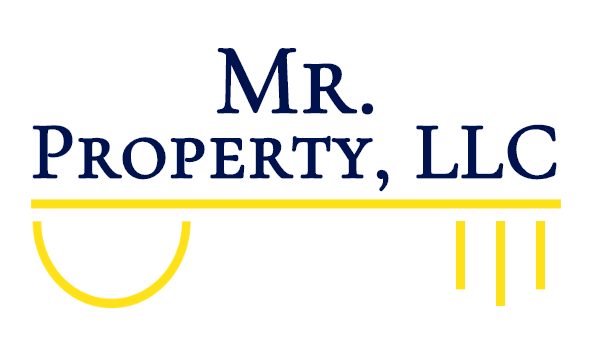Let’s imagine you’ve launched your company’s first large-scale advertising campaigns through various platforms such as postal mail, electronic mail, and social media. This can be an exciting time as you expect new contacts to reach out and have the company experience its real, first growth.
You go through a couple weeks of anticipation, waiting for your advertising to strike gold, but no calls or emails come. Why? Unfortunately, it’s rare for first marketing attempts to reach customers well enough to create a sales lead and has led to a theory known as “The Rule Of 7”.
Broken down simply, this rule maintains that several points of contact, namely 7 or more, are necessary to create sales leads with a customer. Although this is not an exact science, it would make sense that repeatedly being introduced to a brand can make it feel more comfortable to engage with as a customer. The need for so much contact can appear daunting or even annoying to customers, but with proper planning your company can take advantage of multiple contact points correctly to generate a higher potential in sales leads.
One of the most difficult items to address in your advertising campaign is frequency. Based on what type of platform you’re using the rate at which you contact your customers can play a huge role in their response. To break this issue down, points of contact can be looked at in two different ways, “customer-requested contact†or “business-requested contactâ€.Â
Customer-requested contact revolves around the customer making a conscious decision to request your advertisements. This could come from activities such as following your pages on Social Media sites or signing up for the company’s newsletter and special offers. This type of contact can be extremely valuable and aggressive as the choice to view these advertisements is made by the consumer and most likely ties to a personal interest or business choice. A stronger presence in Social Media can make your page more relatable and active with users which implies that reaching several points of contact can happen rather quickly. Most companies can reach their audience seven times daily just by posting on the sites people have chosen to follow, making the task seem much more simple than it appears. This type of advertising will require the company to be much more active and frequent but can help to quickly pull people to your name and explain your services without it feeling like you’re nagging or begging.
Business-requested contact revolves around the business actively seeking out new customers through means which have the company contacting them first. These types of advertisements can include activities like “cold calling†and creating a “direct mailer†list. Although the advertisement may be unrequested, it can be a great way to spread a company name to people who’ve shown, or may show, general interest in your services, with proper planning. Without knowing your customer first and creating a strategic list of recipients for your advertisement you can spend a lot of time wasting energy in places that aren’t likely to produce you results. While it can be meticulous to search and find the right customers to advertise to, it gives you a chance to create opportunity with people not actively searching for services they didn’t know they needed. This can be a great advantage over consumer-requested contact methods through reaching individuals more directly, but also has its disadvantages on return speed. These types of contact will require you to be more strategic in sending repeat advertisements to not shy a customer who’s not completely interested away. With this in mind, creating a repeatable schedule of engagement that does not seem overly excessive can help to produce both structure in the advertising campaign and awareness to the customer.
Although both types of advertising can reach customers in different ways, utilizing as many kinds as your company has access to will help to engage and keep the attention of your audience more quickly. Without constant engagement your company can fall victim to appearing inactive or uninterested in pursuing more business. By contacting your potential customers correctly and frequently you show both interest in pursuing a business relationship while also making the outward appearance of your brand seem more personable and approachable. Advertising can take time, endurance, and repeatability before results are shown so don’t be afraid to make these multiple points of contact; they’ll be necessary in the long run.





0 Comments